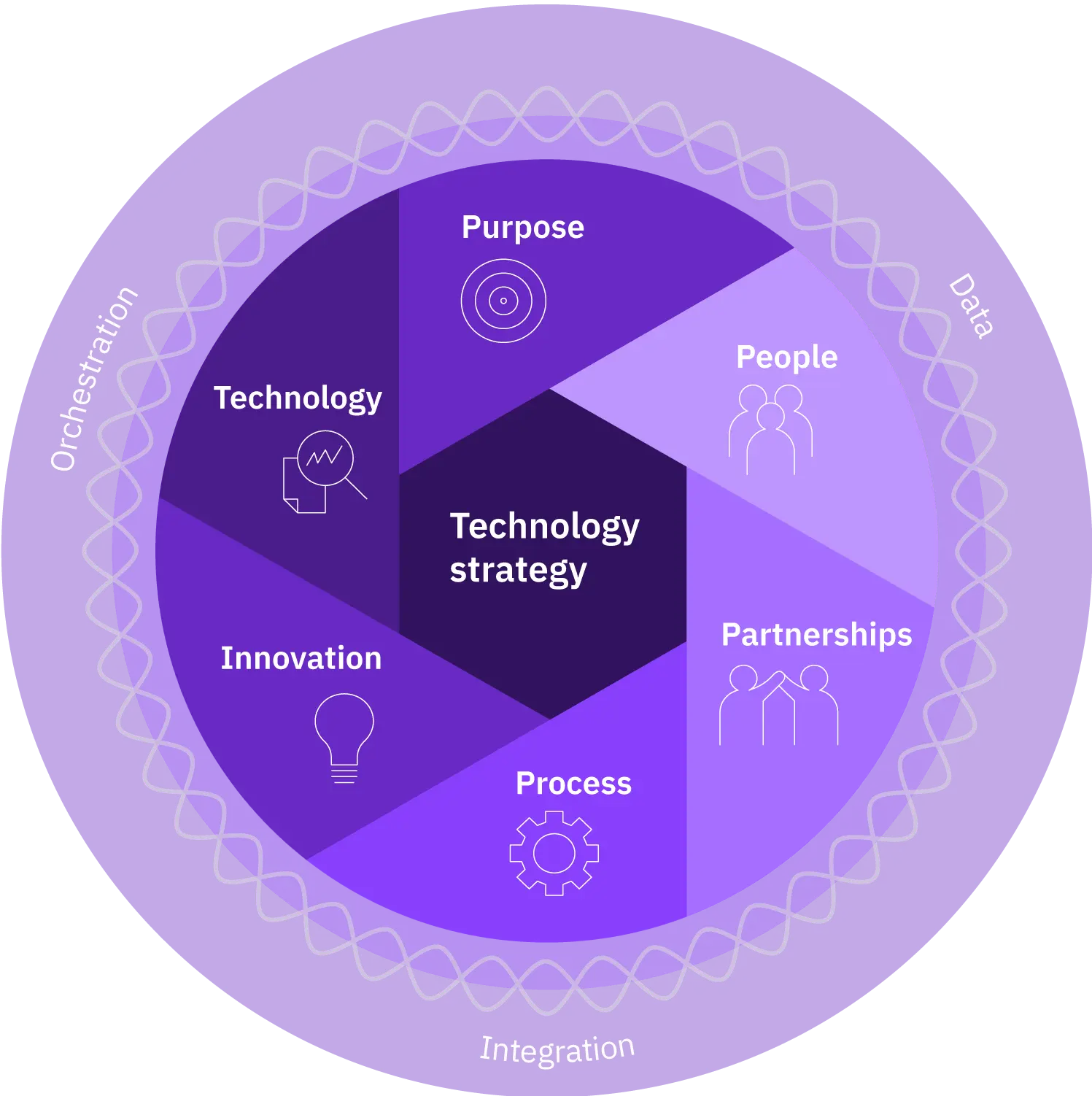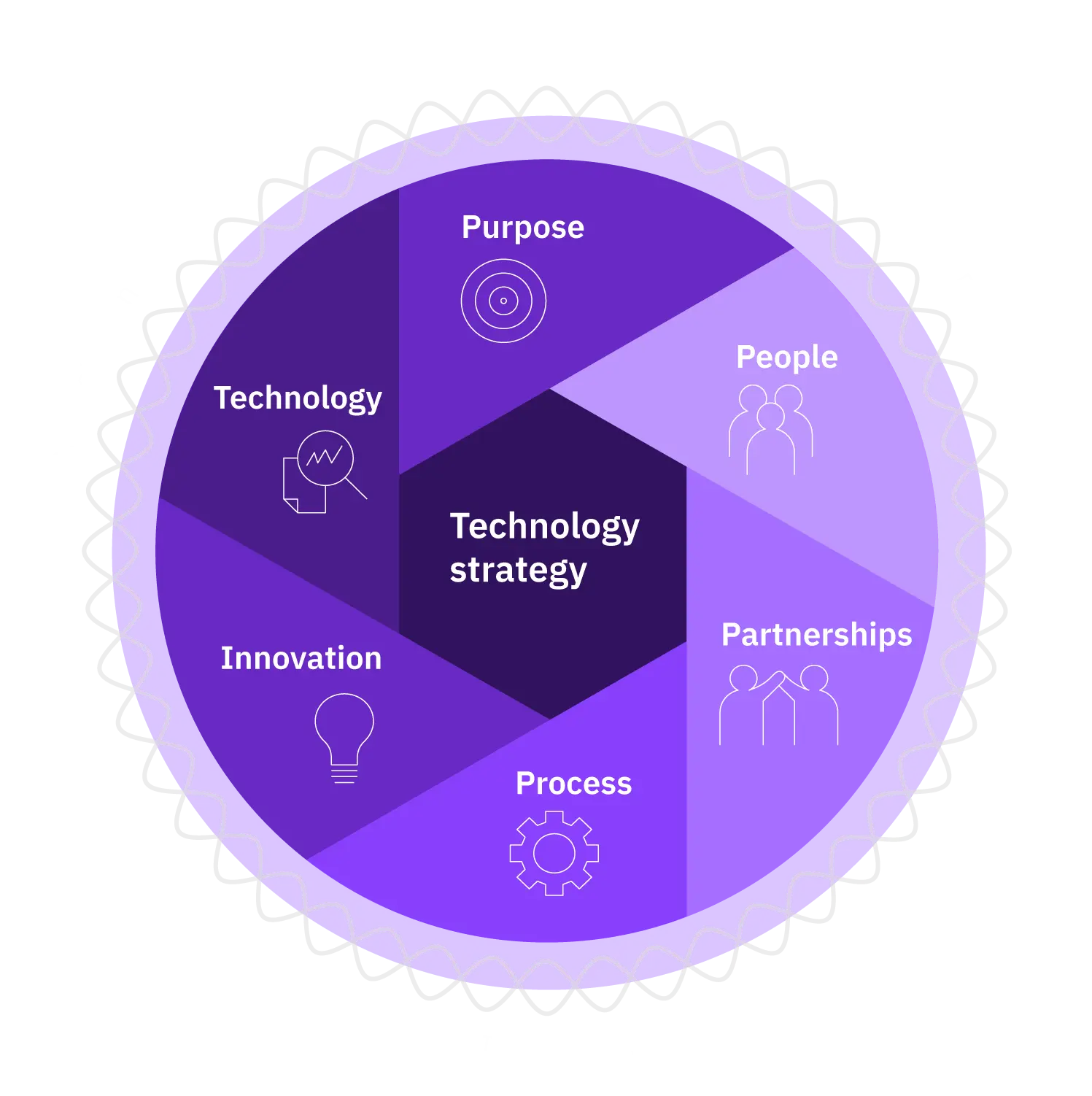Today, the technology function is even more vital to ongoing business success and business relevance. We find ourselves in an escalating cycle: as technology becomes distributed throughout the enterprise, the organization’s identity centers more on technology. The Virtual Enterprise of tomorrow needs mature and collaborative technology function to thrive.
Whatever form the future takes, CIOs and CTOs will play a vital role in how technology shapes it. Braver and bolder, but also more vulnerable and uncertain, more artificially intelligent yet also more humanistic, this world will unavoidably reflect not only our aspirations, needs, and talents but also our biases, oversights, and neglect.
The stakes are intense, but so are the opportunities for collaboration, increased effectiveness, and technology investments that advance technology maturity. The steps we take now determine the future.





